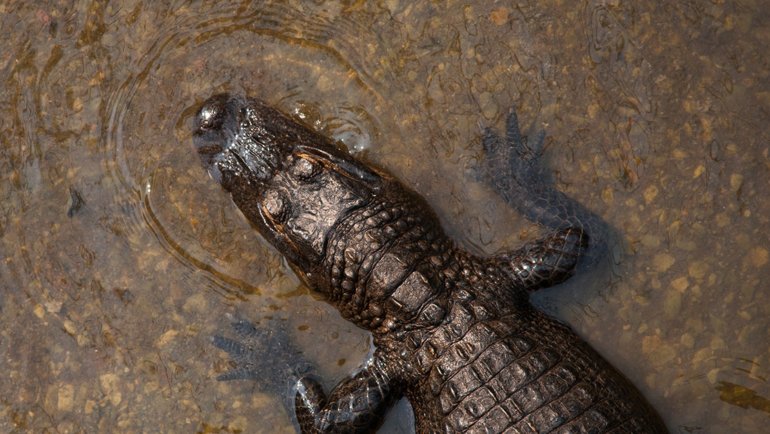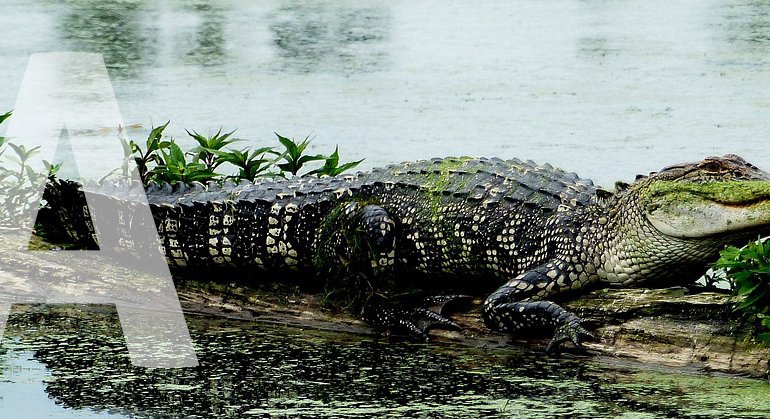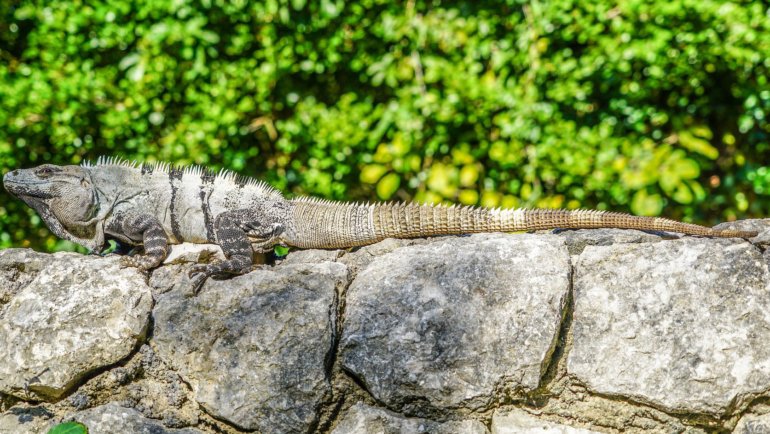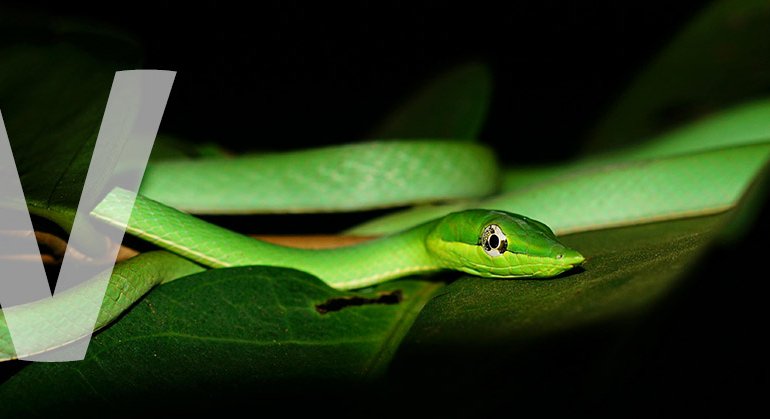When one thinks of an alligator, the image that often comes to mind is that of a stealthy aquatic predator, patiently waiting in murky waters for its next meal. However, it’s not just their aquatic prowess that commands respect; alligators are also surprisingly agile on land.
Contrary to popular belief, these reptiles are not merely confined to slow, lumbering movements when out of water. They can, under the right circumstances, showcase a burst of speed that might surprise many. Throughout this article, we’ll unravel the myths and dive into the facts about the speed and agility of alligators on land.
The Alligator’s Locomotion
Alligators possess a unique anatomy that facilitates their movement both in water and on land. Their body is elongated, with a strong muscular tail that acts as a propeller in water. Their legs, though short in comparison to their body, are robust and positioned to the side. This structure allows for two primary modes of terrestrial movement:
- High Walk: This is a somewhat elevated gait where the alligator raises its body off the ground, moving in a manner similar to mammals. It’s a slow and deliberate movement used for regular locomotion over land.
- Belly Slide: Usually seen when alligators quickly enter the water from a bank or when they’re moving short distances on wet, slippery grounds.
While their in-water locomotion is efficient and powerful, facilitated by their webbed feet and muscular tails, their terrestrial movements are more restricted but can still be alarmingly quick over short distances.
Speed of an Alligator on Land
The average speed of an adult alligator on land is around 11 miles per hour (18 km/h). However, it’s crucial to note that they can’t maintain this speed for long. Their body structure, optimized for swimming and short bursts of speed on land, doesn’t support prolonged chases.
Several factors can affect the speed at which an alligator moves:
- Size: Younger alligators, being smaller and lighter, can often move more quickly than their older, larger counterparts.
- Age: As alligators grow older, their agility may decrease, but they compensate with experience and cunning.
- Terrain: Alligators are more agile on soft, marshy grounds or near water banks. Hard, uneven terrains can be more challenging for them.
It’s essential to remember that while alligators can exhibit a turn of speed, they are ambush predators. They rely more on stealth and surprise than sustained pursuit when hunting.
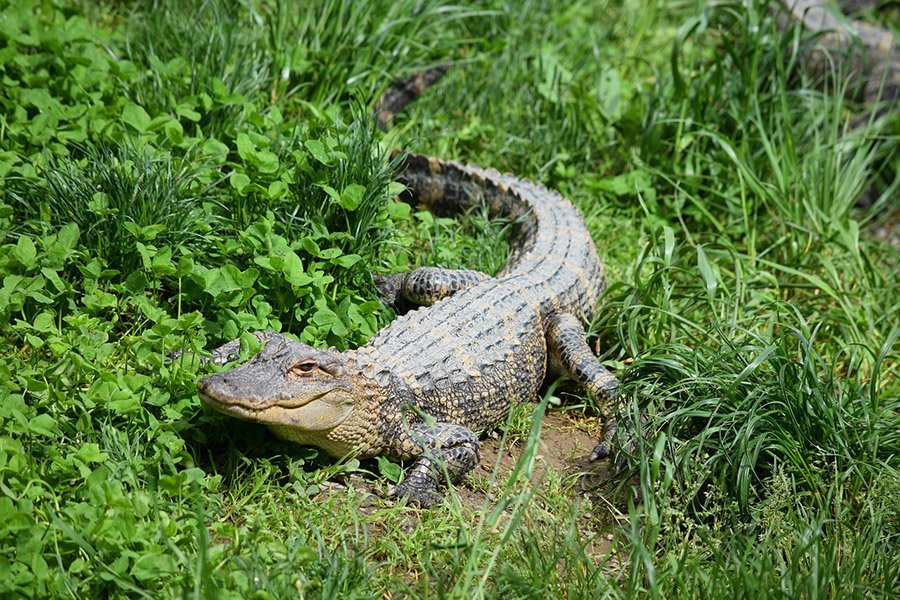
Alligator’s Speed in The Water vs. on Land
Alligators, despite their capability on land, are primarily aquatic creatures. Their anatomy, from the streamlined body to the powerful tail, is optimized for movement in water.
- In the water: An alligator is a force to be reckoned with. With its webbed feet and robust tail acting as rudders and propellers, it can reach speeds up to 20 miles per hour (32 km/h) in short bursts while chasing prey or evading threats. Their eyes, ears, and nostrils are positioned on the top of their head, allowing them to submerge the bulk of their body and wait stealthily for prey while keeping a low profile.
- On land: As mentioned earlier, alligators can reach speeds of approximately 11 miles per hour (18 km/h), but only for very short distances. They are not built for endurance running. Their legs, though strong, are more suited for swimming, short sprints, or maneuvering through marshy terrains than for sustained land movement.
The contrast between their speeds in these two environments underscores their evolutionary adaptation to aquatic life. While they can be a threat on land, it’s in the water where they truly excel.
Can a Human Outrun an Alligator?
The question that’s often on everyone’s mind: If confronted by an alligator on land, could you outrun it?
Average Human Speed: The average human jogging speed is around 5 to 8 miles per hour (8 to 12.8 km/h), while a sprint can reach up to 12 to 15 miles per hour (19.3 to 24 km/h) for short distances. Professional athletes can push this even further.
Given these figures, a reasonably fit human being, in a straight sprint, would stand a good chance of outpacing an alligator over a short distance. However, it’s essential to remember that alligators are ambush predators. The element of surprise is their main hunting strategy, and if they are close enough to initiate a chase, they can cover a short distance rapidly.
Safety Precautions:
- If you live or are visiting areas known for alligator presence, always be cautious near freshwater sources.
- Never approach or provoke an alligator. If you spot one, maintain a safe distance.
- If you find yourself being chased by an alligator on land, run straight and away from it. Don’t try to zigzag, as this can waste precious time and energy.
- Lastly, always be more cautious in water than on land. An alligator’s natural domain is water, and they are significantly faster and more agile there than humans.
In conclusion, while it’s theoretically possible for a human to outrun an alligator, the best strategy is always prevention and caution. Avoid putting yourself in potentially dangerous situations with these powerful predators.
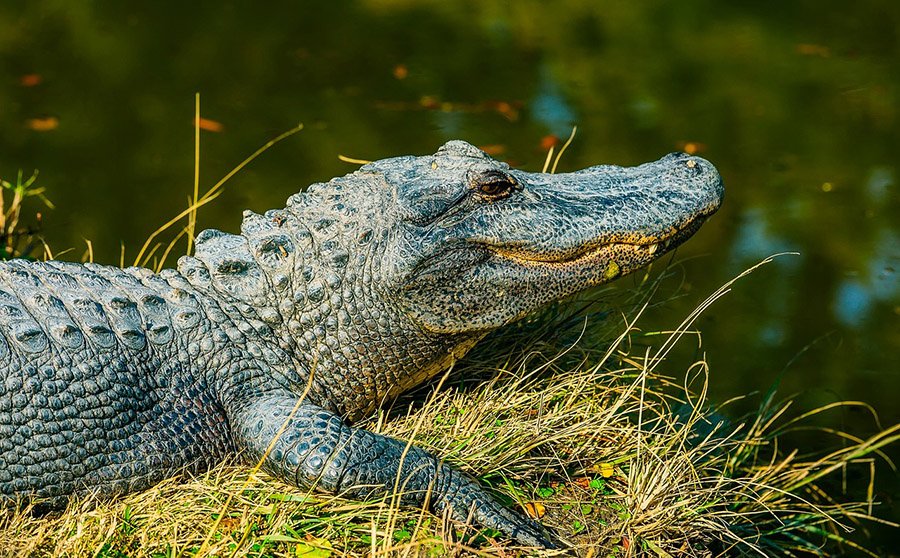
Alligator Speed Compared (Table)
| Species/Individual | Speed in Water | Speed on Land |
|---|---|---|
| Alligator | 20 mph (32 km/h) | 11 mph (18 km/h) |
| Saltwater Crocodile | 15 mph (24 km/h) | 10 mph (16 km/h) |
| Komodo Dragon | – (Not significant swimmers) | 12 mph (19 km/h) |
| Human (average) | 3.7 mph (6 km/h) | 12-15 mph (19-24 km/h) |
Myths and Facts
When it comes to alligators, various myths have been perpetuated over time. Here, we break down some of the most common myths related to alligator speed and share the verified facts:
- Myth 1: Alligators can sustain high speeds on land for long distances.
Fact: While alligators can reach speeds of up to 11 miles per hour (17.7 km/h) on land, they can only maintain this for very short distances. They are not endurance runners. - Myth 2: Zigzagging while running away from an alligator will help you escape.
Fact: This myth has been widely spread, but in reality, zigzagging could waste precious time and energy. If an alligator is chasing you, run straight and away from it. - Myth 3: Alligators are slow swimmers.
Fact: Contrary to this belief, alligators are agile and swift in water, capable of reaching speeds up to 20 miles per hour (32 km/h) in short bursts. - Myth 4: Alligators won’t chase humans.
Fact: While alligators typically avoid humans, there have been instances where they have chased people when they feel threatened, cornered, or provoked.
Frequently Asked Questions
How fast can an alligator run on land?
An alligator can run at speeds of up to 11 miles per hour (17.7 km/h) on land, but only for short distances.
Can an alligator outswim a human?
Yes, alligators are much faster and more agile in water than humans. They can reach speeds of up to 20 miles per hour (32 km/h) in short bursts, whereas the average human swim speed is about 2-4 miles per hour (3.2-6.4 km/h).
Is it true that you should run in a zigzag pattern to escape an alligator?
No, this is a myth. If an alligator is chasing you on land, it’s best to run straight and away from it.
What is the average speed of an alligator in the water?
While swimming, an alligator can reach speeds up to 20 miles per hour (32 km/h) in short bursts, but they typically cruise at much slower speeds.
Are alligators faster on land or in water?
Alligators are significantly faster in water than on land. Their bodies are built for swimming, and they are more agile and swift in aquatic environments.
Other Articles About American Alligators
- American Alligator: Characteristics, Diet, Facts & More [Fact Sheet]
- Are Alligators Dinosaurs?
- Can Alligators Climb Trees? Unraveling The Myth
- How Do Alligators Mate? A Look into Alligator Reproduction
- What is an Alligator’s Bite Force? How Does it Compare With Other Animals?
- Alligator Teeth: Everything You Wanted to Know
- Caiman vs. Alligator: Distinguishing the Reptilian Relatives
- Alligator Eggs: The Secrets of Reptilian Reproduction


